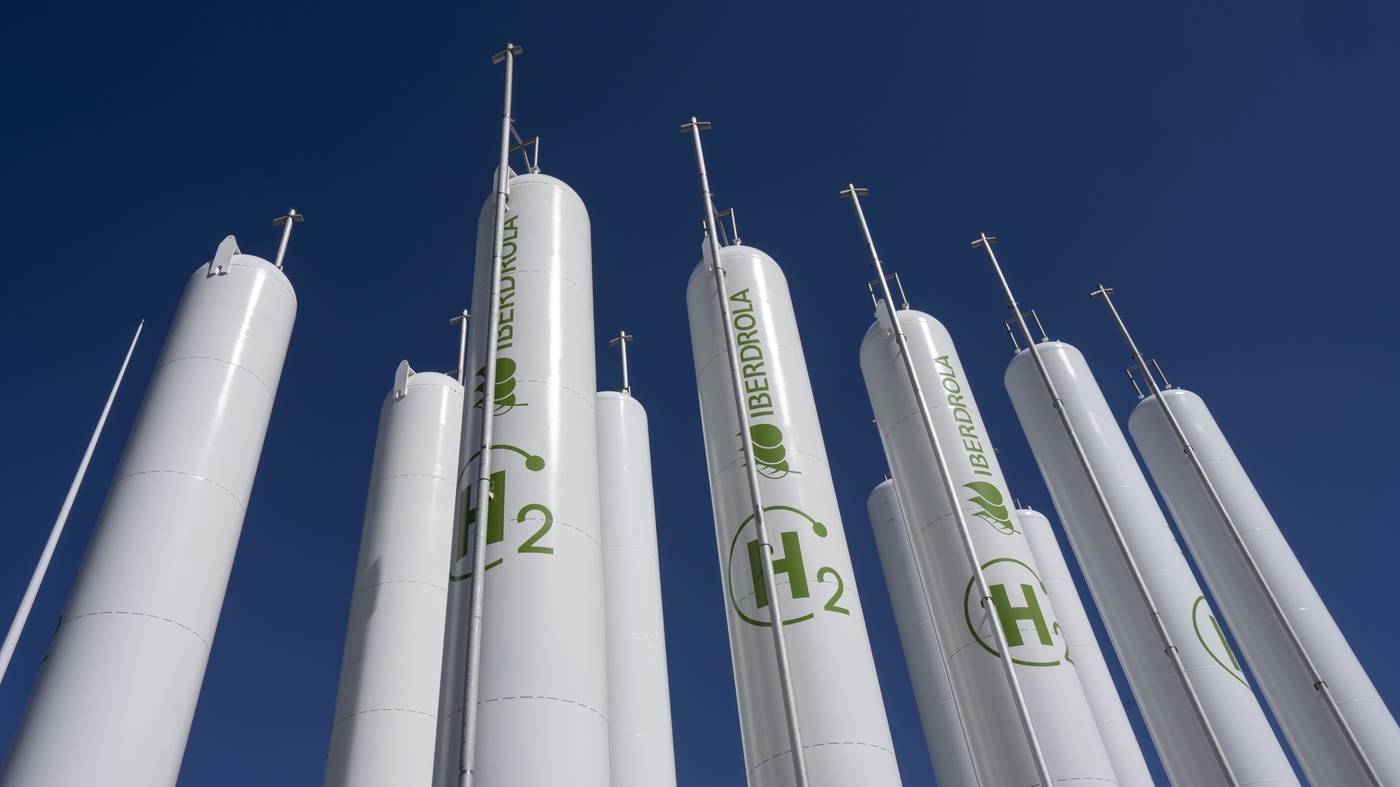
The Biden administration has a plan to jump-start the industry
Why the U.S. Hydrogen Production Credit is Necessary and How to Deal With Its Impact on the Industrial Nitrogen Supply Chain
Chuck Schmitt, president of SSAB Americas — a supplier of steel plates— said the proposal “supports SSAB’s leadership and innovation in the decarbonization of the steel industry. This clarifying language will help drive new technology investment and create clean energy jobs in the United States.”
If the guidance is too restrictive, he said, “you’ll see a much smaller, if not negligible growth in this industry and a failed opportunity to capitalize on the IRA.”
With the time it takes for new renewable resources to be available online, an industry that is not ready to fulfill is unable to exist.
The Fuel Cell & Hydrogen Energy Association includes more than 100 members involved in hydrogen production, distribution and use, including vehicle manufacturers, industrial gas companies, renewable developers and nuclear plant operators. Frank Wolak, the association’s president, said it’s important the industry be given time to meet any provisions that are required for the top tier of the credit.
The American Petroleum Institute said in a statement that “hydrogen of all types is needed” and urged the administration to be more flexible with hydrogen expansion.
But Marty Durbin, the U.S. Chamber of Commerce’s senior vice president for policy, said the guidance released today “will stunt the growth of a critical industry before it has even begun” and his organization plans to advocate during the public comment process “for the flexibility needed to kickstart investment, create jobs and economic growth, and meet our decarbonization goals.”
The Clean Hydrogen Production Credit was established through the Inflation Reduction Act, the biggest investment the US has made yet to tackle climate change. The Bipartisan Infrastructure Law also set aside $8 billion to create hydrogen production ‘hubs’ across the US. Clearly, the Biden administration sees hydrogen as a key piece of America’s clean energy future. When asked about hydrogen in a recent interview, Secretary of EnergyJennifer Granholm said it was a Swiss Army knife that could fill in for solar and wind energy that fluctuates and be harder to use in some industrial applications.
One contentious issue in the proposal was how to deal with the fact that clean, electrolyzer hydrogen draws tremendous amounts of electricity. Few want that to mean that more coal or natural gas-fired power plants run extra hours. The guidance addresses this by calling for producers to document their electricity usage through “energy attribute certificates,” which will help determine their credits.
As part of the administration’s proposal, firms that produce cleaner hydrogen and meet prevailing wage and registered apprenticeship requirements stand to qualify for a large incentive at $3 per kilogram of hydrogen. Firms that produce hydrogen using fossil fuels get less.
Hydrogen is being developed around the world as an energy source for sectors of the economy like that which emit massive greenhouse gases, yet are difficult to electrify, such as long-haul transportation and industrial manufacturing. It can be made by splitting water with solar, wind, nuclear or geothermal electricity yielding little if any planet-warming greenhouse gases.
“That’s equivalent to the amount of energy currently used by every bus, every plane, every train and every ship in the US combined,” Energy Deputy Secretary David M. Turk said on a Thursday call with reporters to preview the proposal.
Changing the U.S. Credit for Clean Hydrogen: New Guardrails, New Power Generation, and Implications for Electric Vehicles
The U.S. credit is the most generous in the world for hydrogen production, Jesse Jenkins, a professor at Princeton University who has analyzed the U.S. climate law, said last week.
The public will have 60 days to submit comments once the new hydrogen guideline are posted to the Federal Register, which the Treasury and Department and IRS will have to take into account before finalizing new rules.
Some celebrated and others were angry with the guidelines for clean energy. Some people said new guardrails are needed to make sure the Biden administration doesn’t increase pollution by pushing for a domestic hydrogen supply chain. Meanwhile, clean energy trade groups argued that the tax credit is now too restrictive to allow clean hydrogen production to flourish.
The Biden administration needs to find other ways to encourage more clean energy to come online rather than targeting hydrogen production in particular, she adds. If the government incentivizes battery electric vehicles, it does not require that new power generation need to be built to support that vehicle, said Bekemohammadi.
The three requirements reflect recommendations from a Princeton-led study published earlier this year. Microsoft and many other tech companies set their own company goals for buying local renewable electricity and matching their purchases on an hourly basis in order to encourage clean energy growth.

